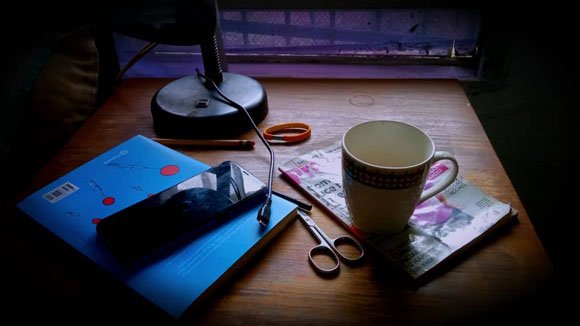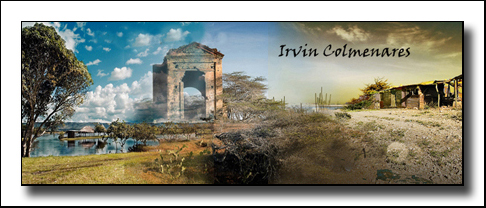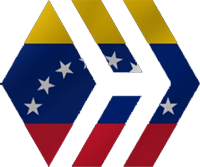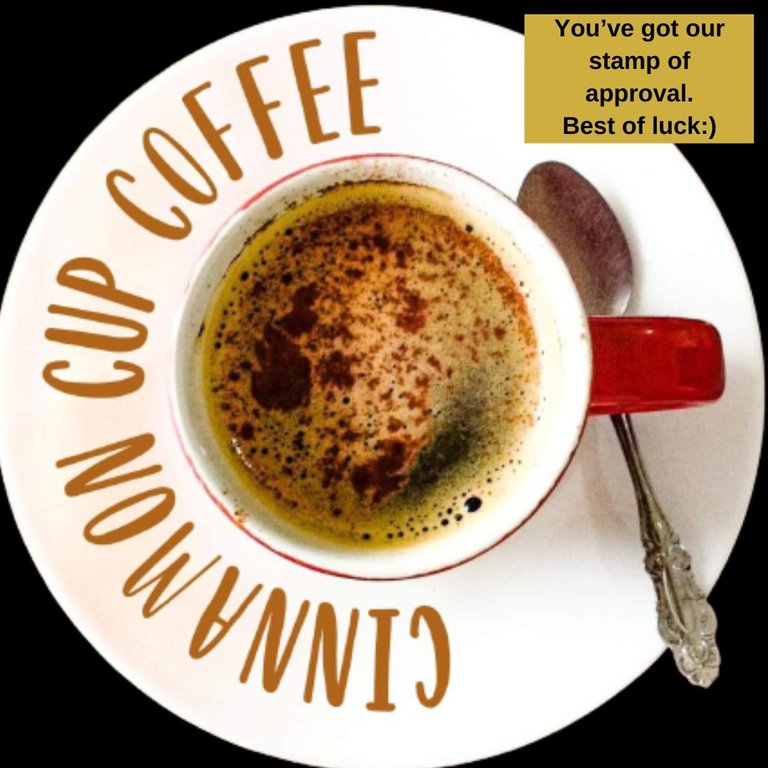
During my childhood I did not know any brand name coffee, I do not remember seeing on any kitchen shelf any commercial coffee packaging. My mother did her weekly shopping at the municipal market and there she bought everything she needed for the week, including coffee, which came in small brown paper bags.
In the market there were several distinct sections, there was the meat, chicken, fish, pork. Another section sold dairy products, including cheeses of different styles and varieties. And at the end of the market was the coffee area.
At each stall the vendors offered a freshly ground coffee. My mother, as if she had a radar in her nose, would orient herself by the smell, she would start her tour passing slowly from one stall to another, after going through them all, she would make the return trip and stop in front of one, there she would surely buy the coffee that we would all drink until the following week.
At that time I never heard about prices, I didn't know if there was a more expensive coffee than another. My mother simply bought what was needed.

Later on when I had my own home I did venture to try several brands, there was El Peñon coffee, Fama de America and the one that was best known to me, "Madrid" coffee.
My affinity for "Madrid" coffee grew during my road trips throughout the length and breadth of the country. The advertising of this café became an authentic road map.
On any route I took I would be sure to see the signs of the "Madrid" café, these announced the name of each town or hamlet through which I passed, and not only that, they also had indications of nearby curves, bridges, or any obstacle on the road, and some signs even indicated the distance remaining to reach a known place.
In those years I don't remember that neither my wife nor I talked about coffee prices. I believe that there was not much difference between the different brands offered in the supermarkets, all of them were accessible to most consumers.
With the arrival of the twenty-first century the country's economy began to plummet, Venezuelans began to live a process of growing impoverishment, something we had never known before. My income dropped dramatically. For the first time I had to value every penny I spent. And the price of coffee began to be an issue of concern.
By 2016 the economy was deathly sick, hyperinflation and devaluation were completely out of control. Product prices were barely holding for a few days. As a consequence there was an extreme shortage of basic necessities, which of course included coffee.

As no coffee of any brand could be found on the supermarket shelves, small stalls began to appear in the streets offering portions of coffee in plastic bags. Most of these coffees were strange blends, with an almost unbearable taste. But it was what most people could buy.
At that time in the main market of my city, Maracay, they began to sell a coffee that was good, of an excellent quality, it was an artisan coffee called Café Brito, its price was up to ten times higher than what they sold in the streets.
To buy it you had to go early in the morning to the market and stand in a long line of up to three blocks. Once a month my wife and I submitted ourselves to the ordeal of waiting in line to buy a half kilo of coffee, which left our family budget almost empty. We drank that coffee only once a day, in the middle of the afternoon. The rest of the time we drank any of the horrible blends of the street vendors.
Nowadays we have had a time of relative economic stability, prices are more stable and shortages have disappeared. Now in any supermarket it is possible to see numerous brands of coffee, national and imported.
In the case of national coffees the differences are not very noticeable, almost all are in the same price range. With the imported ones there are appreciable differences, a pound of national coffee costs a little more than four dollars and the imported one can exceed seven dollars.
From time to time he bought some imported coffee, mainly Colombian or Brazilian. I don't really appreciate any major differences with the national ones, but my wife does, she says that their flavor is stronger and some of them can be more profitable.
I always remember that it was in those terrible times of scarcity, when I had to drink so many strange blends, that I learned to really appreciate what a good coffee is.
Thank you for your time.
Translated with DeepL.com (free version)





Logo creado por @themanualbot

